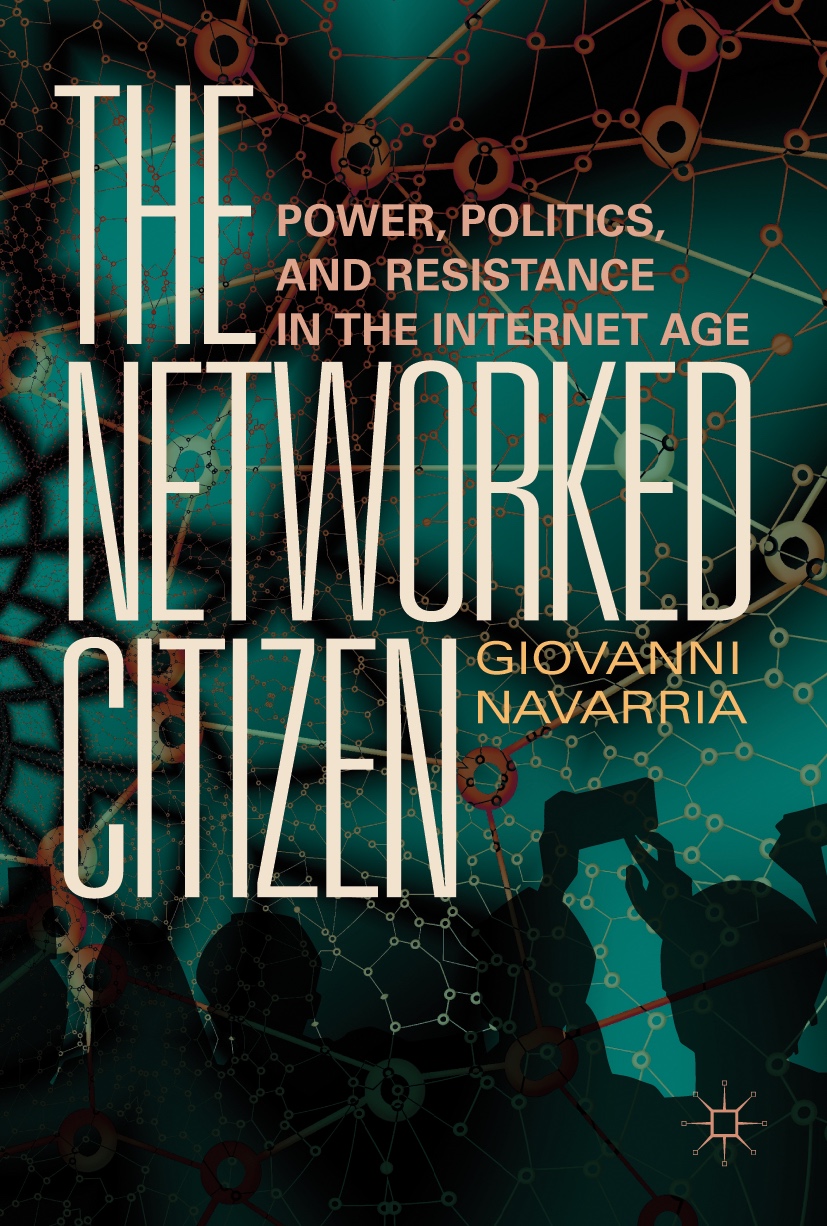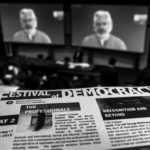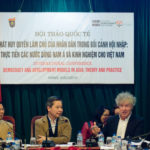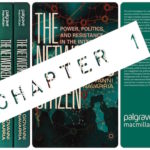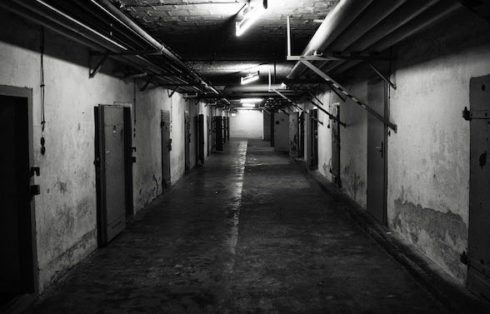Malaysian Election: a paradigm shift?
This is a short paper I recently published in openDemocracy. Origitnal title:
Malaysia After the Election: A Paradigm Shift?
Malaysia’s 2013 general election has come and gone. Before 5 May, it promised to be the most exciting electoral race since the country won its independence from Britain in 1957. For the first time ever the grip on power of the National Front (Barisan Nasional – BN), the ruling coalition that has led the country for several decades, was on the brink of collapse. On the other hand, the Peoples’ Alliance (Pakatan Rakyat – PR) – a three-party coalition formed by the People’s Justice Party, the

Pan-Malaysian Islamic Party and the Democratic Action Party – seemed poised to finally take control of the parliament. On Election Day, however, things went rather differently.
The voter turnout was a record 85 percent of the 13.6 million registered on the electoral roll. The opposition claimed people went to the polls because they are hungry for change, yet when all the votes were counted, the Barisan Nasional was once again on top. It could have been an election of historical proportions, the foundation of Malaysia’s new democratic future, and instead,
as a reluctant guest of honor at a much-hyped party, the future refused to show up. Or did it?
Narrowing the gap
For decades elections in the country have been nothing but a smoke screen for a regime that has designed its election laws to look and feel democratic, while, at its very core, remianing authoritarian. The National Front coalition has won every general election since 1957 thanks to, among others things, favorable constitutional reform, corruption, abuse of power, media control, electoral fraud and strong influence on the electoral commission and the electoral districts boundaries. Yet despite the National Front clout on Malaysian politics, in the last two elections the opposition has succeeded in narrowing the gap to unprecedented levels.
In the 2008 election, for the first time in over 50 years, the National Front was unable to retain its two-thirds majority of the parliament (an essential prerequisite to amend the constitution unilaterally – which has happened 60 times in the past). The BN won only 140 seats, as the remaining 82 went to the opposition. The PR coalition was also able to secure control in five of Malaysia’s thirteen states. This trend has continued this year: the BN won, but for the second time in a row it failed to secure the two-third majority. The ruling coalition took 133 parliamentary seats, while the opposition increased its tally to 89. Looking closer at the election results the picture that emerges is that of a divided country across ethnic and geographical lines.
More than half of the BN seats came from rural states (especially Sarawak, Sabah and Johor), whereas the majority of people living in urban areas gave their preferences to the opposition parties. This seemed especially true for the ethnic Chinese (which account for about 25 percent of the Malaysian population and live mainly in urban areas). This time, contrary to the past, the main recipient of the Chinese community votes was not the traditional Malaysian Chinese Association, but the Democratic Action Party – a member of the PR coalition – which increased its seats by a third, up to 38 seats. Prime Minister Najib spoke of a “Chinese tsunami”; what he didn’t say was that this tsunami was most likely triggered by the government’s highly divisive policies on affirmative action, which favour the ethnic Malays (50 percent of the population).
Furthermore, for the first time ever the Barisan Nasional failed to win a majority in the popular vote. This year in fact, compared to 2008, the situation was almost exactly reversed: the BN couldn’t convince more than 46.6 percent of the voters, while the PR coalition managed to surpass the 50 percent mark.
The many years of tinkering with the electoral district boundaries and the electoral laws by the National Front means that the PR came home with less parliamentary seats than the BN, a democratic paradox that Malaysia shares with many advanced western democracies. Still the results are an important reminder of the declining popularity of Najib Razak’s government, and they raise embarrassing questions about the overall fairness of the electoral process. Unsurprisingly in a recent poll, the Merdeka Centre for Opinion Research found out that about one half of Malaysians expressed strong doubts about the ability and willingness of the Election Commission to organize free and fair elections.
Media: Traditional vs. New
The media has certainly been a major factor in the National Front’s decades-long monopoly of power. Most of Malaysia’s traditional national media (such as radio, hard-copy newspapers and television) is owned by or associated with business interests close to the ruling coalition. Open public discussion through these traditional media is strictly regulated and controlled by the authorities. Mainstream media coverage is never critical of the government, while the views of the opposition parties are usually given limited space. In this year’s Press Freedom Index, Reporters Without Borders ranked Malaysia 145th, at “its lowest-ever position because access to information is becoming more and more limited”.
With the mainstream media kept on the leash by the National Front, civil society organizations and opposition parties have increasingly turned their attention to the Internet and mobile phones to network with others, reach out to the electorate, denounce government corruption and promote political platforms.
Before and during the 2008 election campaign, online independent newspapers such as Malaysiakini, popular blogs such as those of Raja Petra Kamarudding (the founder of Malaysia Today) or Anwar Ibrahim and Lim Kit Siang (prominent figures of the oppositions) and video sharing platforms like YouTube became instrumental in voicing dissent against the government and reaching out to the wider public. New media were also crucial in helping citizens to organize, coordinate and publicize mass public protests such as the one organized by the Bersih coalition (a group of 70 NGOs, political parties and trade unions) on 10 November 2007, which brought many thousands of people into the streets of Kuala Lumpur to request clean and fair elections.
This trend has continued steadily in the last five years, aided by the fact that the Internet penetration rate has spiked from 25 percent in 2009 to 60 percent in 2012. By the end of 2011, the number of subscribers for mobile phones was over 36 million (ten million of which have 3G subscriptions) and almost three million had broadband.
More importantly, for a country with a median population age of about 27 and nearly 2.6 million first-time voters in the last election, the Internet and mobile phones are a media particularly relevant to the younger generation. According to Nielsen, in 2010 already 57 percent of the 20-24 age group used the Internet regularly, with an average of over 22 hours per week spent online.
In 2008, social media users represented a very small niche. Today social networking sites such as Twitter and Facebook have become the prime destinations of Malaysia’s growing Internet population. At the end of 2012 Facebook had over thirteen million Malaysian subscribers. 51 percent of Malaysians Internet users have active YouTube profiles and the site accounts for 67 percent of all online videos watched in the country.
New media, new politics of resistance
These changes have not gone unnoticed by the Barisan Nasional. After an early – and failed – attempt to censor the content of online media, it has followed the example of the opposition and increasingly engaged with online publics. These days, the Government employs a growing number of ‘cybertroopers‘, or Internet users paid to generate content, rebut criticism and attack the opposition. Nevertheless, the opposition parties and grassroots organizations seem to have kept a clear edge in the realm of new communication media, as became apparent in the aftermath of Bersih 2.0, a 2011 rally organized by the Bersih coalition as a follow-up to the 2007 protest. On that occasion, in response to the biased reporting of the event by traditional media, social media became the essential tool of resistance for the protestors to offer the country a wholly different version of the facts. Several hundreds of videos were quickly uploaded on YouTube, showing the police charge with batons, use water cannons and fire teargas against the crowd. Thousands of images were shared on Facebook and a petition asking the Prime Minister to resign gathered over 200 thousands signatures in a matter of days.
The bond between the new media and the new politics of resistance has grown even thicker during the recent months, a period during which the Barisan Nasional’s tactics have been under scrutiny more than ever before. From the opposition parties, independent media and many activist groups came a shared call to action for citizens to go to the polls armed with phones and cameras and report any sign of fraudulent activity. Since then, many photos and videos of alleged bribes, suspicious ballot boxes dropped by an helicopter on a football pitch and evidences of all other kind of frauds have flooded the Internet and sparked vehement debates.
Malaysiakini published several articles and uploaded videos on its YouTube channel. In one of these videos, the online newspaper showed evidence that the allegedly indelible ink used in the General Election to stain voters fingers as a measure against fraudulent multiple voting was in fact easily removable only a few hours after being used. The Election Commission had previously reassured the media and the people about the endurance of the special ink, which was supposed to be indelible for at least seven days. The videos ignited public accusations against the National Front attempting to rig the elections.
The Sarawak Report – a website run by ‘a group of citizens and onlookers deeply concerned by the situation in Sarawak’, Malaysia’s largest state – has used crowdsourcing to report on election bribes and abuse throughout the country. During and after the election users were able to quickly insert live updates on an interactive map of Malaysia, reporting instances of corruption or fraud simply via the website or by sending an SMS to a specific phone number.
On Sunday, despite the Election Commission’s reassurances, there were still several reports of phantom voters (people who uses the identity of others or fake IDs to vote in favor of the government). Anwar Ibrahim- the opposition leader – said his party had collected tangible evidence of the government using thousands of migrants with illegal identity cards – workers from Bangladesh, Indonesia and Myanmar – as ‘phantom voters’. Hours before the polling stations opened, the activist group Anything But Umno posted a video of Nepalese plantation workers with foreign passports which were allegedly brought in to vote in favor of the National Front using fake IDs. The video was quickly shared and since then has accumulated over 240 thousand views.
Paradigm shift
The narrowing gap between the Barisan Nasional and Pakatan Rakyat and the new media trends we have seen developing in the last two elections paint a whole new picture of Malaysia’s status quo. What we are witnessing in Malaysian politics is a paradigm shift of the way power is contested. As it has already happened in other parts of the world, in Malaysia digital networks such as the Internet and small but powerful communication devices such as smartphones or tablet computers, coupled with the exponential growth and rising importance of social media sites such as Facebook or Twitter, are becoming the foundation of a new style of politics, one which is highly imaginative, proactive and seems intrinsically resistant to traditional forms of authoritarian power.
In the heated aftermath, it was tempting to write off Malaysia’s thirteenth General Election as nothing but a missed opportunity to change the chronic status quo of the country. Appearances, however, are often deceptive. Malaysia has entered a new political phase, one in which reversal of power is no longer utterly unthinkable, thanks to the growing relevance of networked acts of resistance in the mechanics of the country’s politics.
What the results of the last election clearly tell us is that Malaysia is changing. The pace is perhaps not as fast as many had hoped, but the patterns are there. One just needs to recognize them.

